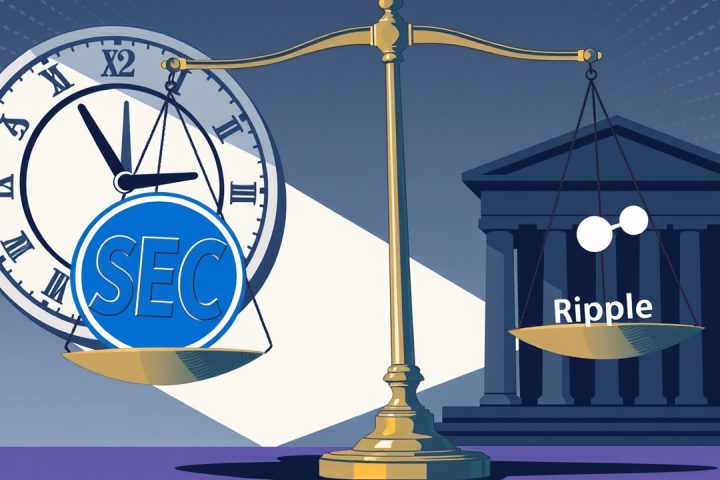Statement Summary
The Commission is modernizing its regulatory framework for investment companies by seeking public comment on a proposed multi-class ETF structure. This initiative aims to remove outdated barriers that have limited investor choice and operational efficiency between mutual fund and ETF share classes. By allowing a single fund to offer both types of shares, it introduces greater flexibility for investors while maintaining core protections. The proposal also includes essential safeguards to ensure fiduciary duty, such as board oversight and investor disclosure. This marks a significant move towards aligning regulatory flexibility with investor protection, signaling the Commission’s commitment to adapting and innovating in response to market evolution.
Original Statement
Today, the Commission takes a long-overdue step toward modernizing our regulatory framework for investment companies that reflects the evolution of collective investment vehicles from being primarily daily-redeemable funds to exchange-traded funds (ETFs). The publication of this notice — seeking comment on a proposed multi-class ETF structure — represents a substantive step forward, not just a procedural formality. It is a signal that the Commission is willing to reexamine outdated constraints, embrace innovation, and consider relief that could benefit investors, fund sponsors, and markets alike. It is similar to the innovative spirit that led to the creation of the first ETF over three decades ago.
For too long, the artificial divide between mutual fund and ETF share classes has limited investor choice, operational efficiency, and resulted in suboptimal tax treatment. The proposed structure would allow a single fund to offer both exchange-traded and traditional mutual fund shares—providing investors with flexibility while preserving the core protections of the Investment Company Act. Moreover, it facilitates competition, in that similar relief has been long held by a single asset manager.
This is principled modernization. The application includes a number of safeguards: board oversight, advisor reporting, conflict monitoring, and investor disclosure. These are not mere administrative formalities—they are essential guardrails and uphold fiduciary duty.
Let us be clear: this notice reflects the Commission’s preliminary determination to grant exemptive relief, subject to public comment and the opportunity for a hearing. It is not the final word—but it is a meaningful step. The notice reflects the Commission’s return to substantive policymaking grounded in transparency, engagement, and respect for the law. It invites public comment on a thoughtfully constructed application that seeks to align regulatory flexibility with investor protection.
If the Commission is to fulfill its mission—to protect investors, maintain fair and orderly markets, and promote capital formation—it must be willing to adapt, to listen, and, when appropriate, to act. With the change in Administration, new Commission leadership stressed a return to this approach, including with respect to ETFs. The Commission has now delivered.
I commend the applicants for their thoughtful and detailed proposal. I also commend the staff of the Division of Investment Management for their careful review and the Office of the General Counsel, for their work on this release.




